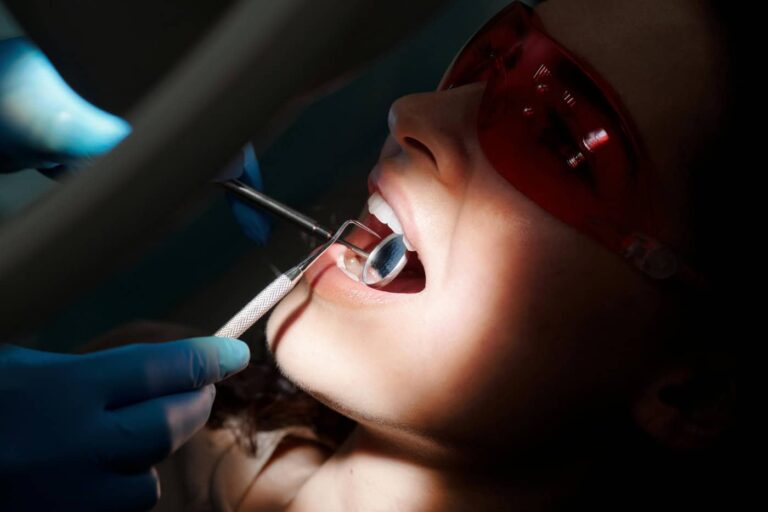Understanding Receding Gums
Gingival recession, often referred to as receding gums, manifests when the protective gum tissue surrounding the teeth gradually retreats, unveiling more of the tooth’s surface or even the vulnerable root beneath.
This phenomenon, sometimes dismissed as a mere cosmetic concern, harbours the potential to usher in grave oral afflictions if neglected. The retreat of the gums can precipitate heightened tooth sensitivity, amplify the likelihood of dental caries, and, in severe instances, culminate in the loss of teeth.
This blog post dives into the causes, discernible symptoms, and effective remedies for both managing and preventing the advancement of receding gums.

